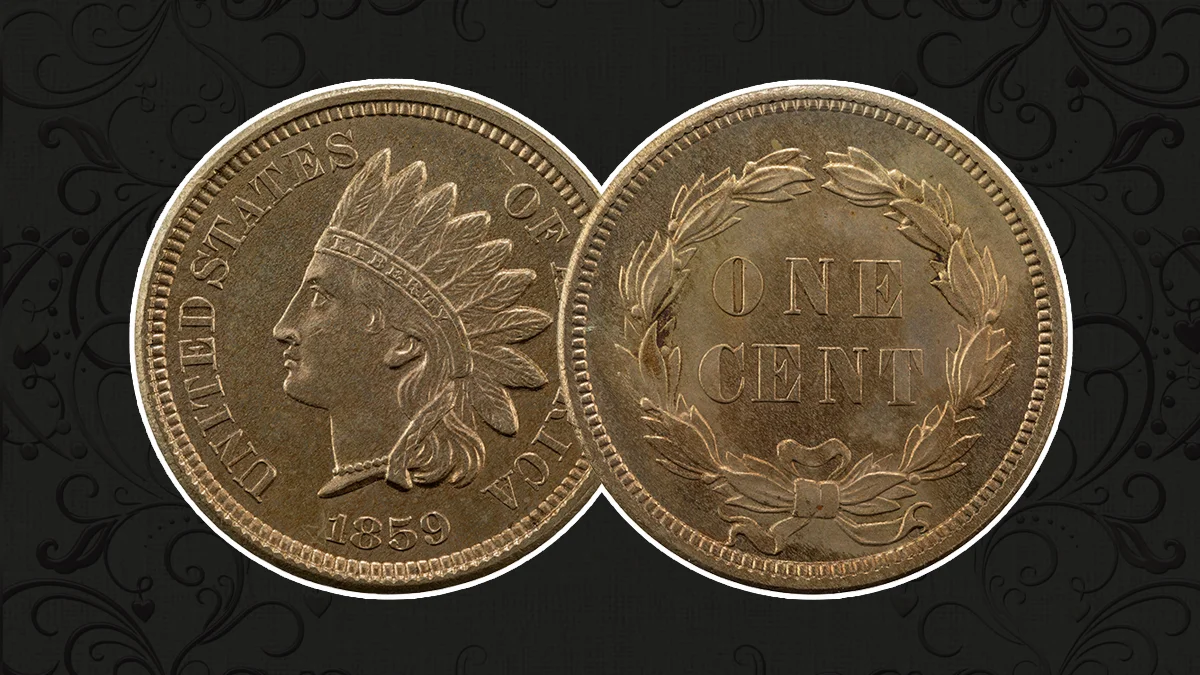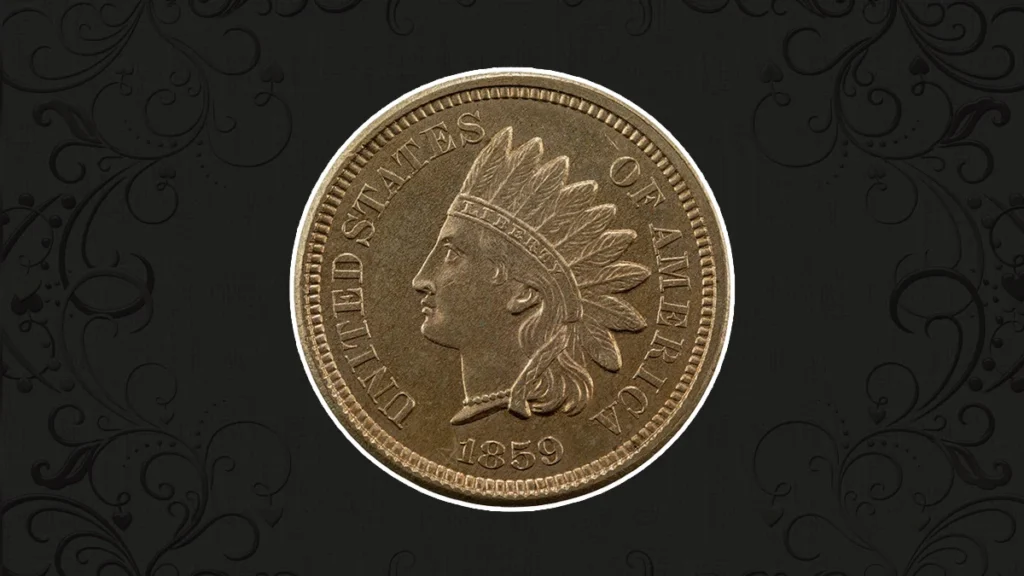
The 1872 Indian Head Penny is one of the more untouchable coins in the Indian Head Cent series, making it demanded by collectors. The United States Mint in Philadelphia struck more than four million of these coins, but many of them were melted down or redeemed shortly after they were struck, which reduced their present availability. Because of this, this specific coin has significant value even in lower grades and is a must for serious collectors.
The Indian Head Penny from 1872 is one of the most popular coins in the Indian Head Cent series because of its scarcity and historical value. For collectors, this is an important date because so few excellently preserved copies from the past 150 years are still around. Even worn, common coins have great worth. An interesting piece of numismatic history, the 1872 Indian Head Penny has an individual story and its value is influenced by several variables.
History of 1872 Indian Head Penny
The United States Mint at Philadelphia struck 4,042,000 business strike Indian Head cents in 1872.4,042,000 business strike Indian Head cents were produced by the United States Mint in Philadelphia in 1872. But many of these coins were only in circulation for a short period. The U.S. Treasury Department melted down or redeemed a significant amount of bronze and copper-nickel cents after the Act of March 3, 1871, which allowed the exchange of coins. Only in 1872, 5,635,999 bronze coins and 5,751,073 copper-nickel coins were redeemed and melted by the Treasury. Because of this action, the quantity of surviving 1872 Indian Head cents was greatly reduced, making them rarer than the original mintage estimates indicated.
Coin Specifications
- Year of Issue: 1872
- Denomination: One Cent (USD)
- Mint Mark: None (Philadelphia)
- Mintage: 4,042,000
- Alloy: 95% Copper, 5% Tin and Zinc
- Weight: 3.11 grams
- Diameter: 19.00 mm
- Edge: Plain
- Obverse Designer: James Barton Longacre
- Reverse Designer: James Barton Longacre
- Quality: Business Strike
Design (Both Sides)
Obverse

The famous portrait of Lady Liberty with a feather headdress appears on the obverse of the 1872 Indian Head Penny. James Barton Longacre designed the piece of art, which depicts Liberty with a Native American headdress and has come to represent the Indian Head cent series. The year “1872” is written at the bottom of the coin, just below the bust, and the word “LIBERTY” has been written on the band of the crown of the head.
Reverse

James Longacre also designed the reverse design, which has a simple yet elegant laurel wreath surrounding the word “ONE CENT.” For many hundreds of years, the Indian Head coins regularly included this wreath design. The presence of the Bold N and Shallow N reverse editions, however, makes the 1872 edition unique. The difference between the two lies in the definition and thickness of the letter “N” in the word “ONE.” Since the Shallow N reverse is less different than the Bold N reverse, which shows a more clear and well-defined “N,” collectors prefer to choose the Bold N.
Rarity and Condition
The 1872 Indian Head Penny is rare despite having been struck in more of four million units, mainly because just a few have remained in good condition. The population of bronze and copper-nickel coins had been significantly reduced in the 1870s by exchange and melting of these coins. Because of this, collectors now often come with worn or poor-quality 1872 coins. Higher grade coins, such Uncirculated or Extremely Fine, are extremely rare and can command high prices when sold at auction.
The Shallow N and Bold N kinds of the 1872 coin are two of the rarest varieties. The Bold N is more common than the Shallow N, which has a less distinct “N” in the “ONE CENT” inscription. Collectors may therefore have to pay a larger premium for
Grading the 1872 Indian Head Penny
Grading is very important to determine the value of an 1872 Indian Head Penny, as the condition directly impacts its market price. Coins are commonly graded according to their wear and preservation, with the following grades most commonly assigned:
- Uncirculated (MS): An Uncirculated 1872 Indian Head Penny is incredibly rare. These coins were never used in circulation and keep their original shine, with all details untouched. The surface of the coin remains sharp, and the imagery is clear and crisp. Coins in this condition demand the highest prices.
- Extremely Fine (XF): In Extremely Fine condition, the 1872 penny has most of its surface, though some light wear may be visible. The facts of the Indian’s hat and the reverse wreath remain sharp, but the coin may lack some of its original shine. Despite this, these coins are more valuable.
- Fine (F): Coins having a grade of Fine still have obvious important features like the wreath on the reverse and the portrait of Liberty, but they also have visible wear and light scratches from circulation. However, a large part of the coin’s original structure has been damaged.
- Good (G): The most commonly found 1872 pennies are in good condition. Most of the design specifics on these coins have been severely damaged, showing extensive wear. The coin’s basic texture has been smoothed away, and the image is still there, but it is much less clear.
- Good (G): In good condition Coins from 1872 are the most commonly found. The majority of the design information on these coins is severely corroded, showing extensive wear. The coin’s general texture has been smoothed away, and the picture is still there, but it is much less clear.
Value of the 1872 Indian Head Penny
The value of an 1872 Indian Head Penny is more influenced by its condition and whether it features the Shallow N or Bold N reverse type. Even in lower grades, this coin is valuable because of its scarcity. The following is a general guide to the value of the 1872 Indian Head Penny:
| Date | Good | Fine | Extremely Fine | Uncirculated |
| 1872 Shallow N | $100 | $370 | $575 | $700 |
| 1872 Bold N | $90 | $300 | $500 | $650 |
Bottom Line
The 1872 Indian Head Penny is a key date for collectors because of its scarcity and historical importance. Few examples that survived remain with the fact that over four million were initially produced; many have been melted down or redeemed soon after creation. This penny has to be a staple for any serious coin collector because of its distinctive variants, rare condition grades, and historical value. Whatever you think about its state of preservation, the 1872 Indian Head Penny is highly valuable from a numismatic view.
